Khun: a treasure of the Deccan
by Kevin Wilson
5th September 2020

A stone’s throw away from the capital of the Badami Chalukyas, in the northern region of Karnataka, lies the small town of Guledgudda. The town is home to the shimmering tradition of handwoven Khun, believed to have originated in the 8th century AD under the Chalukyas. Popular in northern Karnataka as well as southern and eastern Maharashtra, the textile and its corresponding town are is very closely associated with Ilkal sarees from the neighbouring town of Ilkal. Until recently, the fabric was used almost exclusively for blouses which is why it is most commonly available in widths of 31-32 inches, a unit of measurement which is also called ‘khunn’ and is probably where the fabric got its name from.

The characteristic shimmer of the fabric is due to the way it is woven. Silk or polysilk yarn interspersed with cotton yarn is stretched over the loom (warp) and cotton threads of a contrasting colour are woven through (weft) forming small patterns or motifs so that flecks of those patterns glint over a darker or contrasting cotton. When woven through with contrasting colours, it can also give the effect of multiple colours gleaming at different angles much like shot silk. A version of this which is very popular in Maharashtra is known as ‘anjeer’ or fig because it glints green over red (or purple) at different angles, much like the colours of a fig.

The most common weave in khun is similar to the “chikki paras” border seen in Ilkal sarees with alternating triangles of the silk and cotton fabric as seen in our Sangam cushions.

Another motif that is popular is the ‘kalavar-adiye’ or the ace of clubs and Supari or betel nut. Alternating rows of the ace of clubs and the betel nut motif are woven through the fabric as seen here in our Rani Supari cushion. The Supari motif is circular and similar to the Rudraksha motif.

The haathi mor has alternating rows of elephants and peacocks usually in four different colours.

Khunn weavers today are acutely aware of the changing times. The weavers we work with have not taught their children how to work the handloom and have pushed them to become Engineers, a path they hope will provide a more stable future for them. Meanwhile the weavers themselves now work in tandem with Ilkal weavers and Kasuti embroiderers in the region. So a Khunn weaver can also furnish you with an Ikal saree or a Khunn dupatta with Kasuti embroidery and vice versa. They are hopeful that this attitude of collaboration may can help sustain the craft and their livelihoods, at least for the span of their lifetimes.
Shop Now






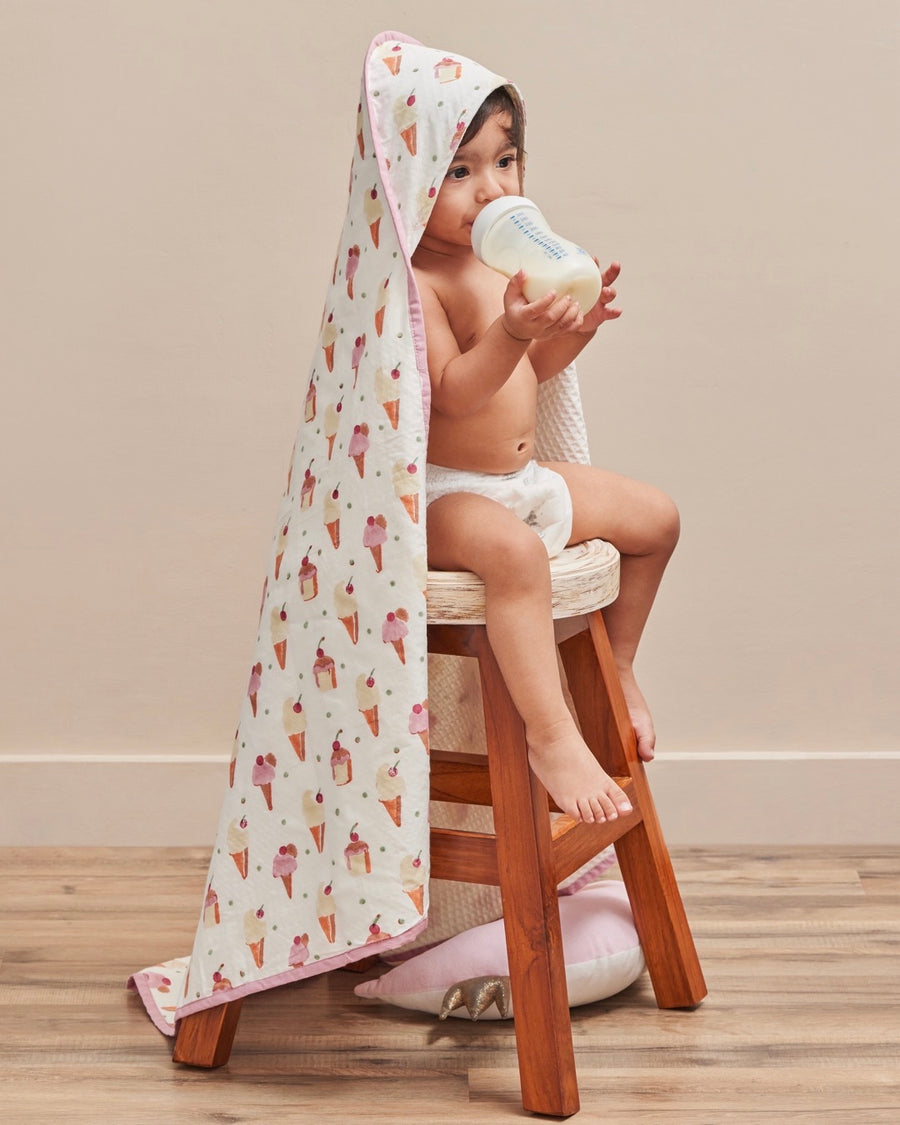
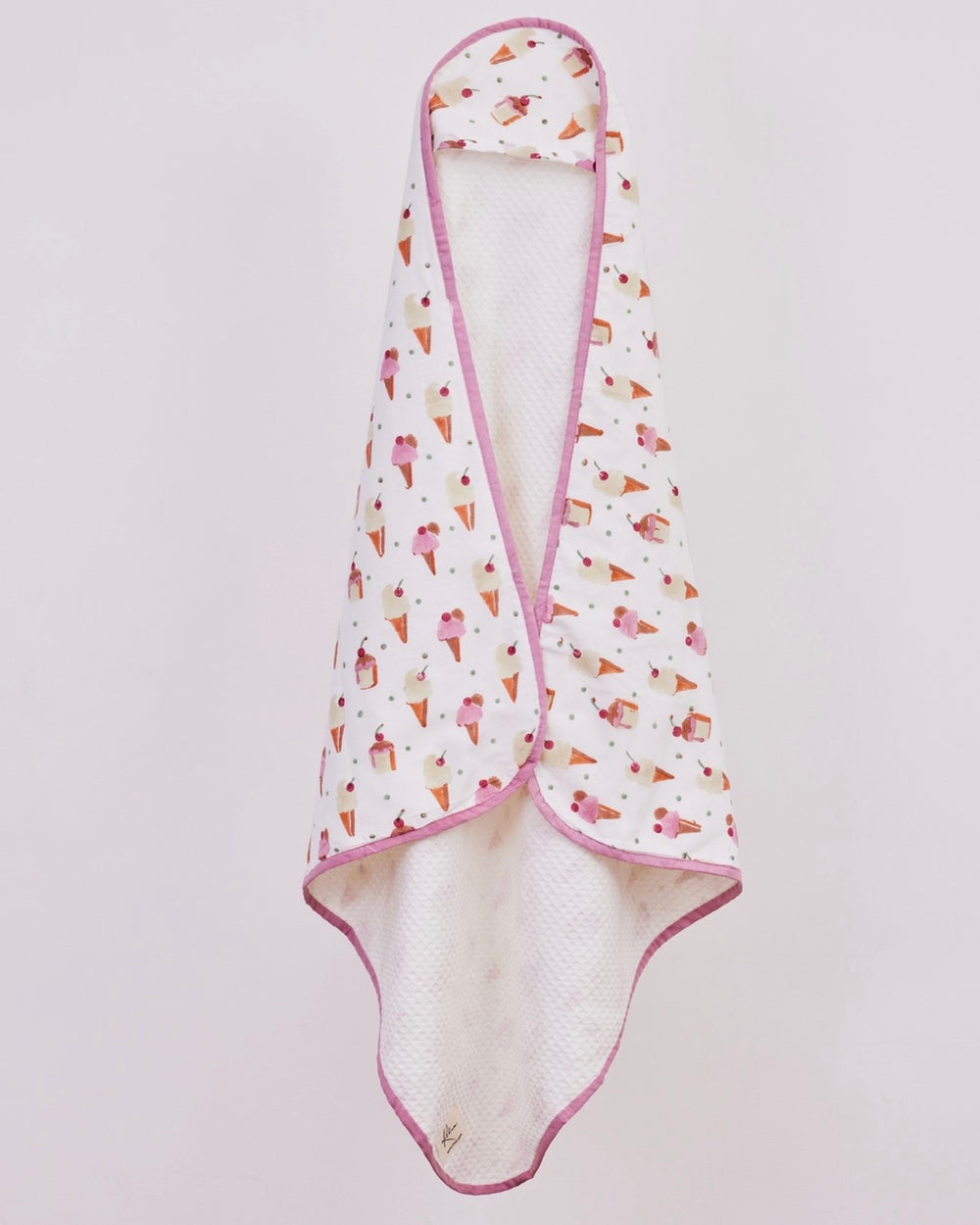

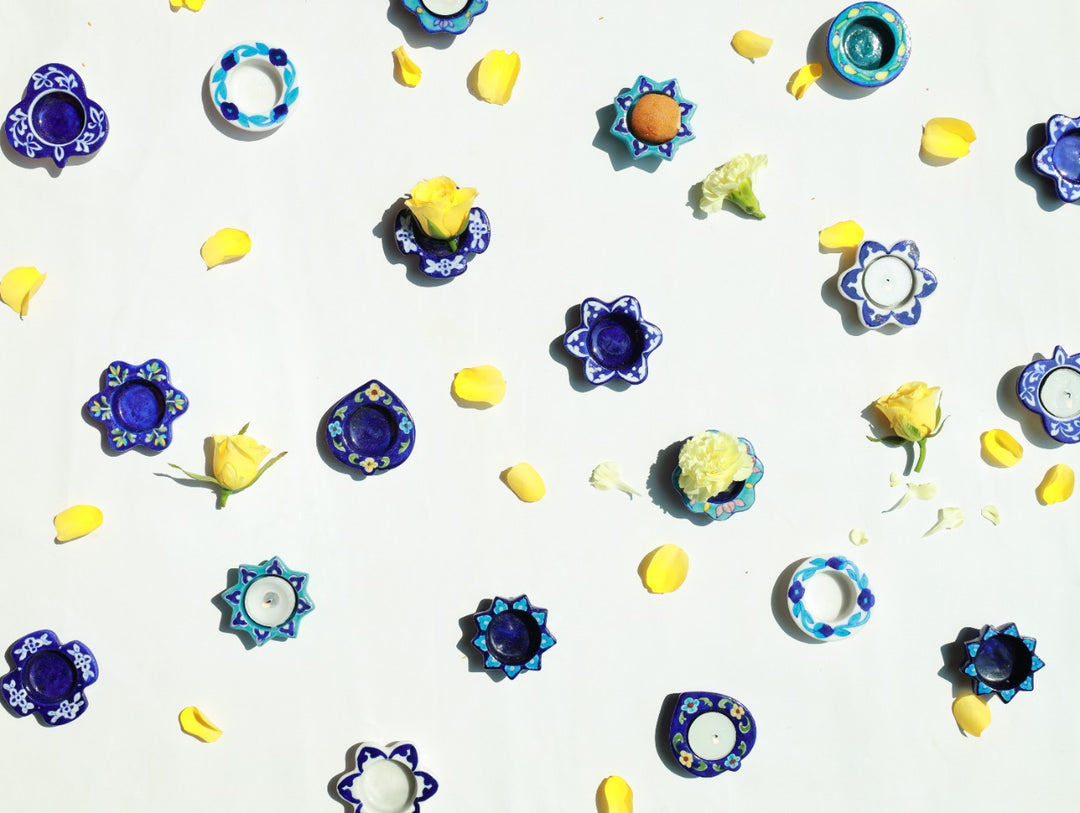
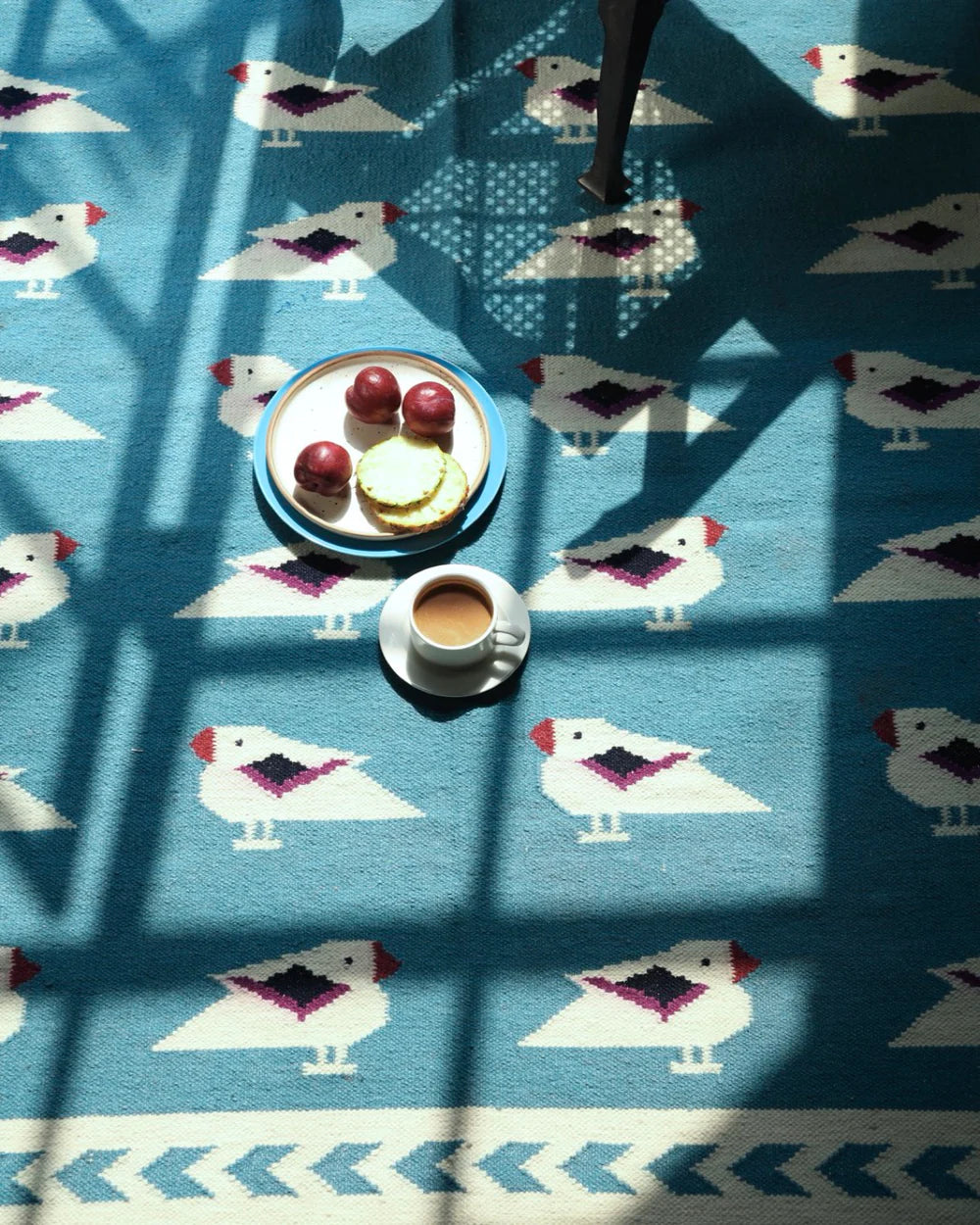
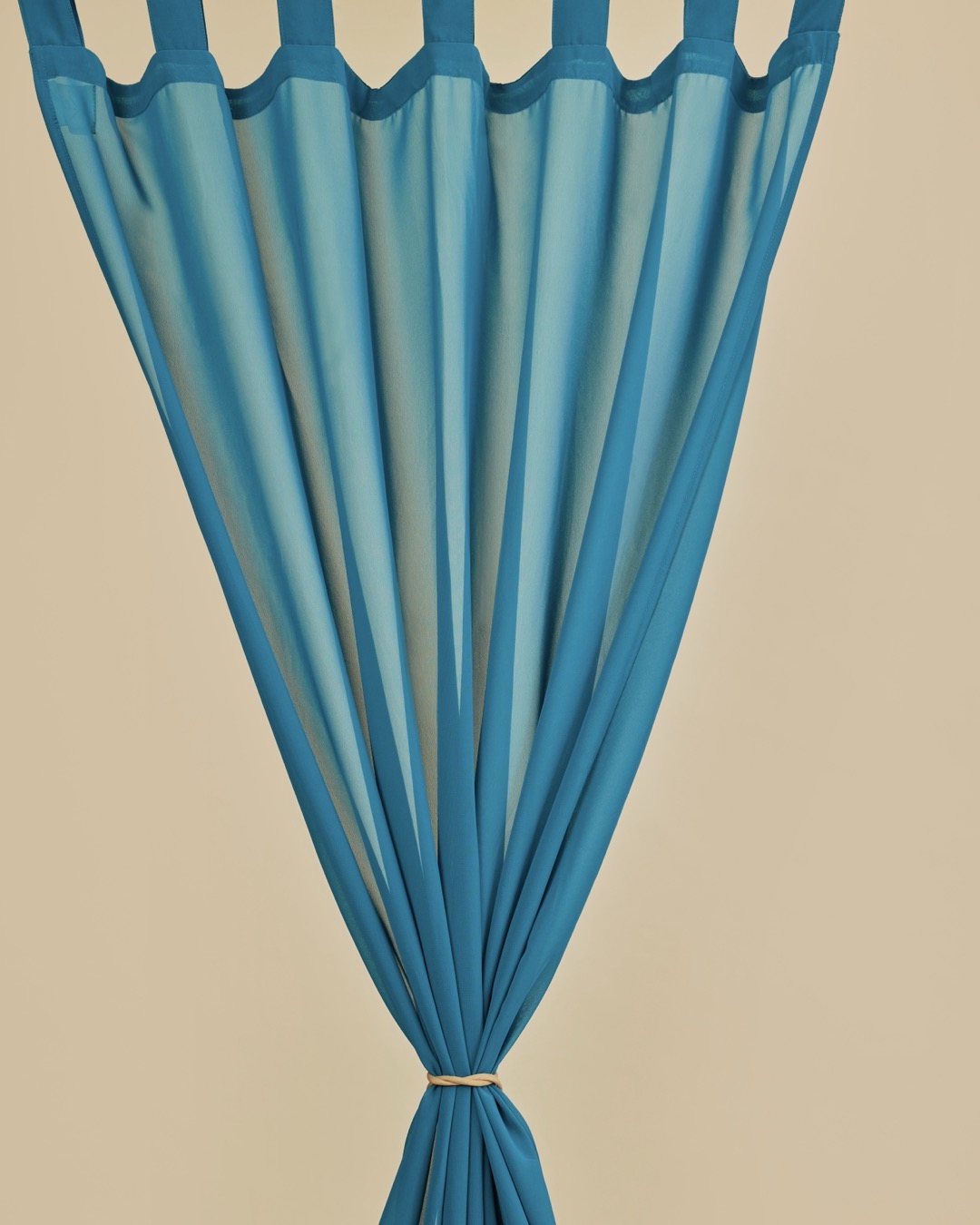
Leave a comment